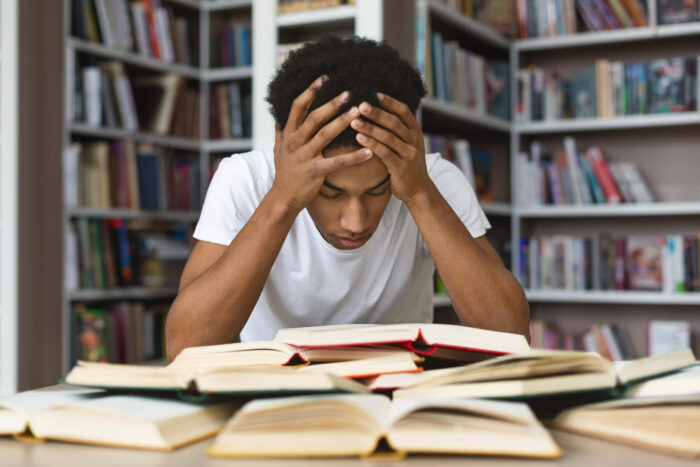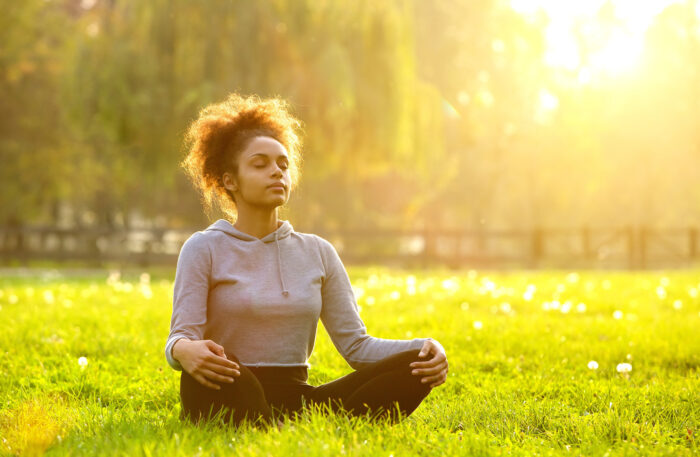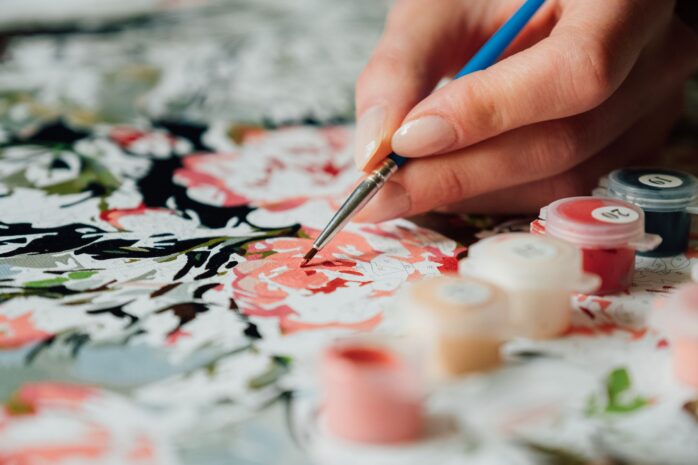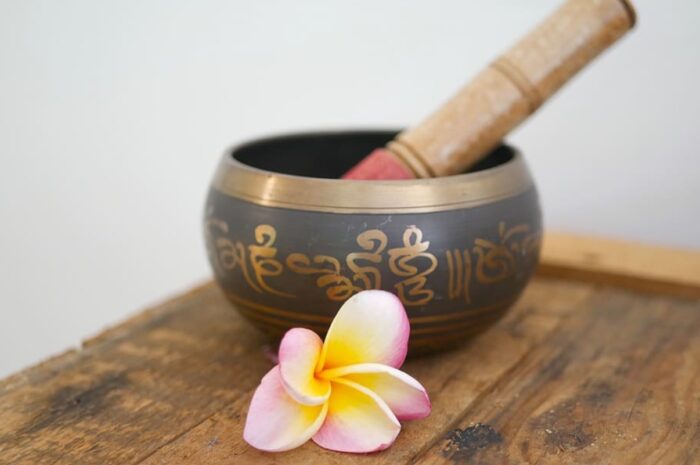
When did the world suddenly stop weighing on your shoulders and time stood still? When was the last time you felt a sense of stillness and ease that every muscle in your body gave in to a whisper of absolute calmness? When was the last time you gave yourself permission to experience the luxury of true serenity, where your breathing became deeper and your thinking became clearer, displaying a peaceful picture in your mental gallery?
We live in an overstimulated world ,bombarded with digital notifications and hectic schedules ,constantly trying to beat the clock.
Unwinding is not only a luxury but a vital component of preserving our health and mental stability. It serves as the essential counterbalance to stress, enabling us to unwind, rejuvenate, and reestablish equilibrium. Without these priceless quiet times, we risk falling prey to long-term stress accumulation, which may be detrimental to our happiness and health. The necessary break that enables us to live more fruitful, satisfying, and energetic lives is relaxation.
1. Effects of Stress: Understanding the Impact on Body and Mind

Stress sets off a series of bodily reactions that are collectively referred to as the “fight or flight” reflex. Adrenaline and cortisol, two chemicals widely released during this reaction that sets the body for rapid action, heighten awareness and elevate blood pressure and heart rate.
Short-term benefits may result from this, but long-term stress exposure might have negative health repercussions. Numerous illnesses, such as anxiety, depression, gastrointestinal disorders, heart disease, sleep difficulties, weight gain, and impaired memory and focus, have been connected to chronic stress.
Intense exposure to Stress can weaken our cognitive abilities, making it harder to focus or make judgments. It can emotionally drain us and make us feel angry, depressed,resentful or overwhelmed. These negative impacts of stress might eventually lower our general quality of life.
Identifying effective stress relief techniques is essential to tackle stress-related impacts. Deep breathing, frequent exercise, mindfulness meditation, and engaging in hobbies are all important practices for stress management, promoting physical and mental well-being, and developing long-term resilience.
2. Techniques to Master the Art of Relaxation

– Deep Breathing Exercises:
Deep breathing exercises are an efficient way to trigger the body’s relaxation response, which lowers tension and calms the mind. By practicing deep, deliberate breathing, you may reduce your heart rate and increase your feeling of calm and serenity. Stressors may be ignored when you concentrate on the rhythm of your breathing, which will allow a peaceful sensation of serenity to take over.
– Progressive Muscle Relaxation:
Progressive muscle relaxation involves gradually tensing and relaxing the muscles in different parts of the body. By increasing awareness of the difference between tense and relaxed muscles, this method aids in the identification and release of tension and promotes a profound state of relaxation, which frequently leads to less stress.
– Mindfulness Practice:
Living completely in the present and mindfully seeing and accepting your thoughts and feelings without passing judgment are at the core of mindfulness practice. This technique reduces mental clutter by preventing the thinking cycle that frequently causes tension. You may greatly reduce stress and its negative effects on the mind and body by practicing mental clarity and calm, which is achieved by accepting each thought as it arises and allowing it to pass without judgment.

– Creative Hobbies for Stress:
Painting as a concept for exemple with its various forms and types, especially landscape, watercolor, abstract and paint by numbers are examples of creative pursuits that provide a healing release from the stresses of everyday life. There are also activities like music-making that provides the mind a relaxing reprieve and a gratifying sense of success by keeping it focused on the current job.
– Yoga for Relaxation:
Yoga is a broad discipline that combines meditation, regulated breathing techniques, and physical postures to minimize stress while strengthening body awareness. Yoga uses a range of asanas (poses) to assist release physical stress; pranayama, on the other hand, focuses on breathing techniques to calm the nervous system. By keeping thoughts anchored in the here and now, meditation promotes awareness and helps people stop worrying about the past or the future. This combination promotes a deeper connection with oneself in addition to relaxing the body and mind, which helps one achieve a more focused and tranquil state of being
– Aromatherapy:
Aromatherapy, which promises to enhance psychological well-being, is based on the use of aromatic materials, such as essential oils and other scent compounds. It serves as an alternative medication or supplemental therapy, It appears to ease discomfort, elevate mood, and foster calmness.
– Autogenic training:
A method of relaxation known as autogenic training harnesses the healing abilities of the Mind to induce physical relaxation. The definition of autogenic is “originating from within.” It’s also reasonable to consider it as a form of self-hypnosis. Developing such a technique as a regular habit might enhance your general well-being.
As you experiment with these stress relief techniques, keep in mind that you ought to prioritize your health. It only takes one step to transform into a calmer, healthier and energetic version of yourself. Why not do that action right now? Select a method that speaks to you whether it’s music, crafting, painting by numbers or practicing meditation, the most important thing is making a commitment to include something relaxing in your everyday activities. You will learn about the transformational power of relaxation, and your body and mind will reward you. Embrace the beginning of your road to a more calm and balanced existence!












